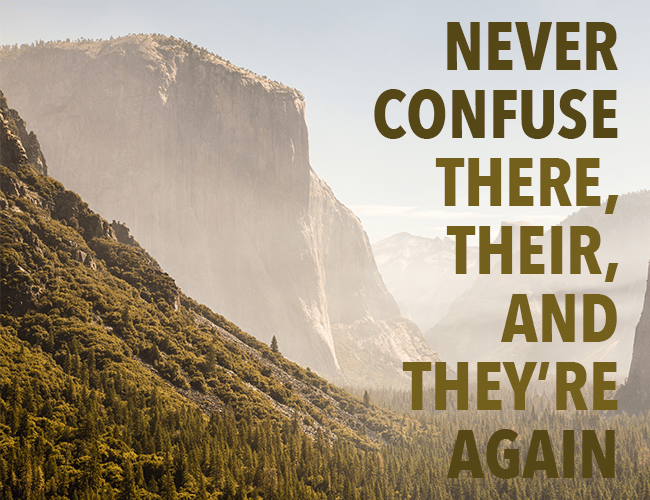
by Liz Bureman |
Sometimes we need to revisit the basics. We should never assume that we’re above them; there’s a reason that the saying “pride comes before a fall” is still common.
And there is little that brings a writer’s soaring and magnificent prose crashing back to earth faster than using the wrong form of there/their/they’re.
Today, let’s look at these three very different words.
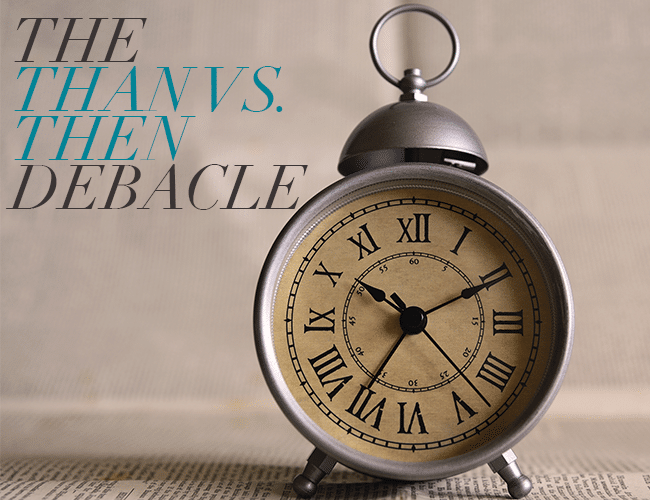
by Liz Bureman |
Sometimes you have to get back to basics. All writers are guilty of making mistakes at some point, and they kick themselves for months after an astute reader notices that they added one too many o’s to their “to.” Once that’s in print, you can’t take it back.
So today, I’d like to draw attention to one common mistake so that you will hopefully never have to take it back: the then-vs.-than debacle.
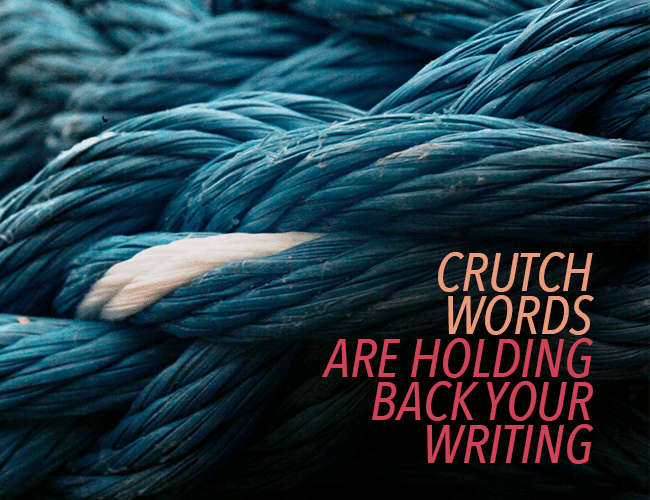
by Guest Blogger |
It’s a rule of thumb for any writer to follow Strunk’s advice and “omit needless words.” That’s easier said than done. Sure, you know which filler words to cut, and you know how to hunt down those pesky weasel words. But sometimes, sheer editing isn’t enough.
Your writing can still suffer after you’ve gone through your piece seven times. Why? Because you’re likely using crutch words and have become blind to them. While this doesn’t seem like a big deal, it can bog down your writing.
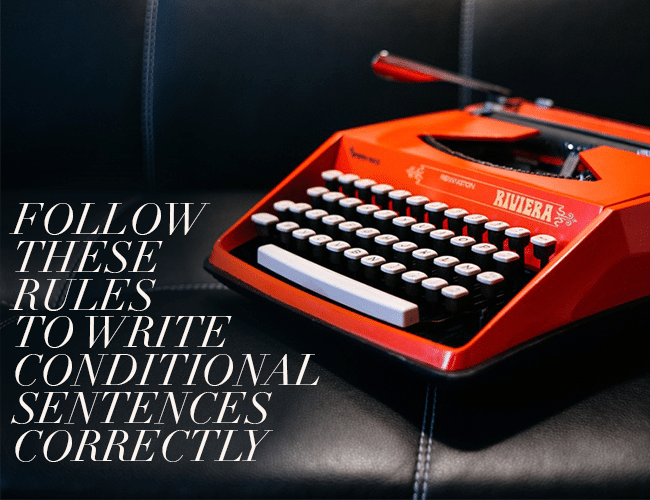
by Alice Sudlow |
Of all the nuances of grammar in the English language, this is my greatest pet peeve. No, it’s not “its vs. it’s.” It’s not “there, their, and they’re.” It’s not even the Oxford comma.
Let’s talk conditional sentences.

by Liz Bureman |
We all know there is a difference between I and me. Simply put, “I” is a subject, “me” is an object. Generally speaking, there aren’t any issues when you’re only referring to yourself.
The confusion starts when your first person character is joined by third person companions.
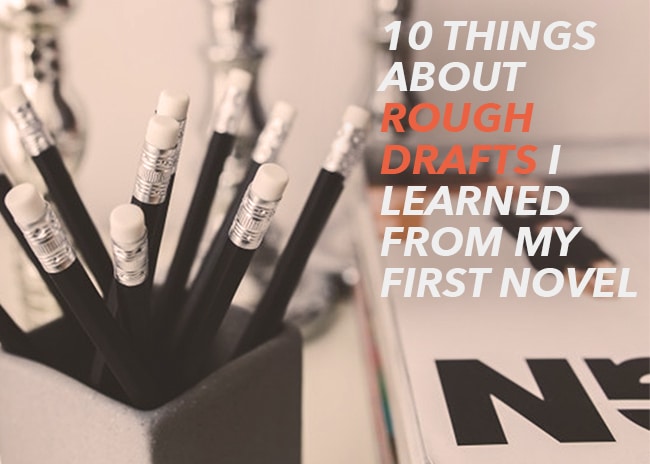
by Emily Wenstrom |
There’s no feeling quite like the moment you realized you’ve completely finished the rough draft of a work in progress. A mix of pride and accomplishment and utter dread at how bad it might be.





